Facts About the Apollo 14' 'Moon Trees' on Earth Today
 |
| How Is The Tree That Grew From A Seed From Space Now? |
| Table of Content |
Many seeds were transported into space by the Apollo 14 spacecraft in 1971.
There have been "space entities" coexisting peacefully on Earth for decades. It's not an alien, though. The "Moon Trees" that we are discussing are those whose seeds were taken from space.
Following a wildly successful debut, the "Moon tree" was forgotten for roughly forty years. Many people aren't even conscious that they exist.
Seeds from the Moon
Stuart Roosa, a former US Forest Service employee, went to the Moon with NASA astronauts Alan Shepard and Edgar Mitchell on the Apollo 14 mission in 1971.
Roosa brought 500 seeds for this mission, mostly pine, fig, redwood, and spruce, among five other types of trees.
Scientists still refer to these rare treasures even though the seeds did not originate on the Moon or even leave the spacecraft.
After being returned to Earth to be planted, they were given the name "Moon tree". Testing whether or not different species of the same species on Earth have different characteristics is the aim of this action.
Surviving miracles
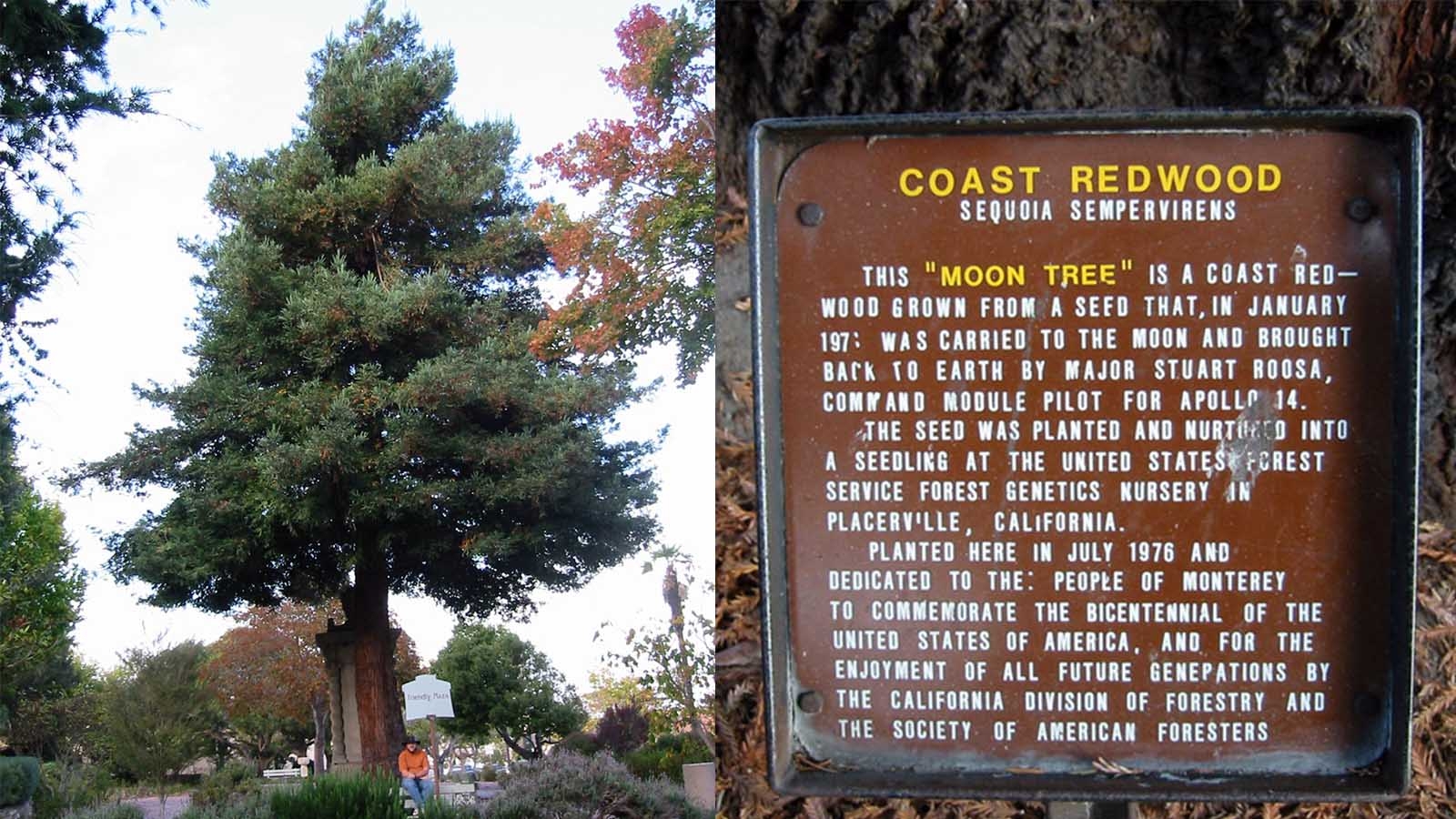 |
| Photo: howstuffworks |
The mission was doomed almost immediately after it returned to Earth because the seed bag was exposed to a vacuum and broke apart during the decontamination procedure. Nobody was sure if the "Moon seeds" would survive after they were combined.
The project's principal geneticist, Stan Krugman, manually separated them and sent them to Forest Service labs to be incubated. Thankfully, a large number of seeds have sprouted and developed into seedlings.
As of right now, almost half a century after the Apollo 14 mission, scientists are still unable to clearly distinguish one species of plant from another.
Scattered across the United States, each one is identified by a plaque known as a "moon tree".
Where Are Moon Trees Today?
The saplings were planted at schools, government properties, parks, and historic sites across the country, with many of them commemorating the country's bicentennial in 1976. Some were planted alongside their control counterparts, who had remained on Earth. According to NASA, scientists discovered no discernible differences between earthly and "lunar" trees.1
Some moon trees found homes in historically significant locations. Others were planted at the White House, Washington Square in Philadelphia, Valley Forge, the International Forest of Friendship, Helen Keller's birthplace in Alabama, and various NASA facilities. A few trees were even sent to Brazil and Switzerland, and one was given to Japan's Emperor.
Many of the original moon trees have died, but at a similar rate to the control trees. Some died of disease, while others died from infestations. After Hurricane Katrina in 2005, a moon tree in New Orleans died. The surviving trees have grown to impressive proportions after fifty years.
If it hadn't been for Indiana teacher Joan Goble, the moon trees might have been lost to history. In 1995, Goble and her third-grade class discovered a tree at a local Girl Scouts camp with a simple plaque reading "moon tree." She found a NASA web page with the email address of an agency archivist, Dave Williams, and contacted him after some poking around on the then-rudimentary internet.
Today, the second generation of moon trees, also known as "half-moon trees," are grown from cuttings or seeds from the originals. One of these trees, a sycamore, was planted in Roosa's honor at Arlington National Cemetery in 1994.
Fall into oblivion…
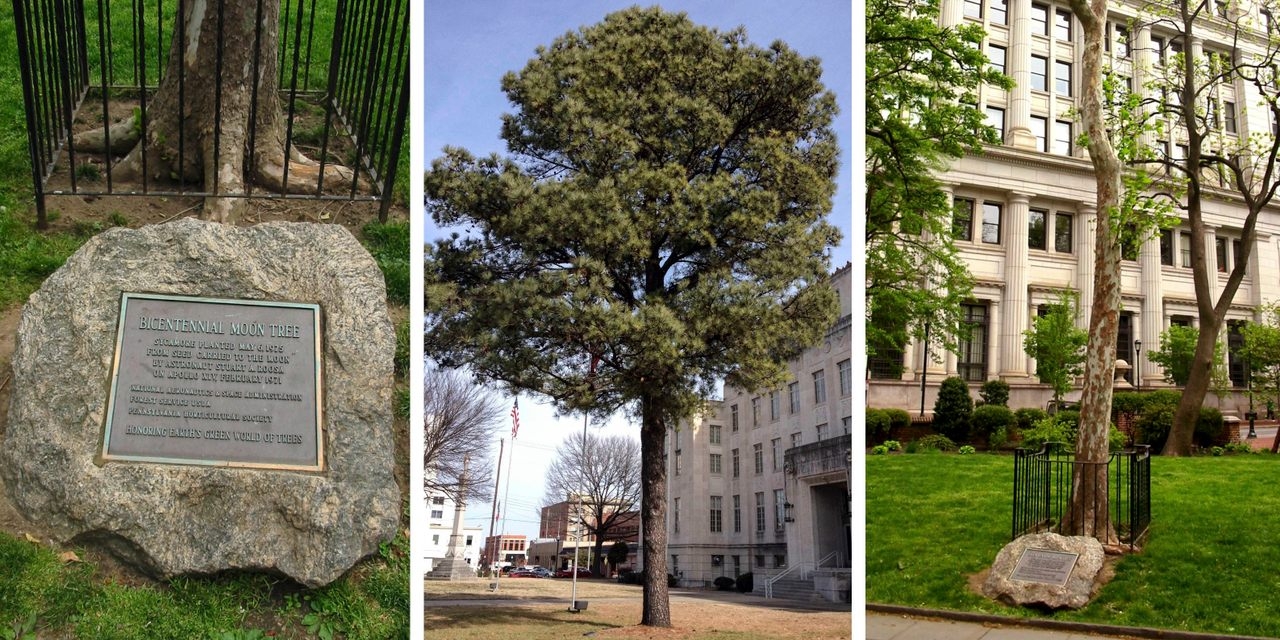 |
| Photo: atlasobscura |
The 'Moon tree' was gradually forgotten after the initial attention, partly because they grew up to look like other trees of the same type.
In the 1990s, NASA scientist Dave Williams received an email from Joan Goble, an elementary school teacher in Indiana, in which she stated that while on a picnic with her students, she came across a tree with the words 'tree' written on it. Moon'. Goble was perplexed and demanded an explanation.
Williams admitted at the time that he was unaware of the 'Moon tree' planted in the area. Even after asking several colleagues, he received no response.
Williams set out on his own to find more "lost" trees and count their actual numbers across the United States, feeling sorry for the fate of the unnamed "Moon trees."
"I think this is an interesting story and would love to share with people about the achievements of space before," he said.
After nearly 30 years of searching, he claims to have found 80 trees, including 19 in parks or botanical gardens, 12 in schools, and 11 in public buildings. 5 trees are in museums, the rest are scattered around...
This number, however, is still very small in comparison to the total of about 500 seeds launched into space nearly half a century ago.
At the moment, there hasn't been a large-scale or long-term study of these 'Moon trees' to see if they will suffer any effects from the trip around the Moon on board. Whether it's Apollo 14 or not.
Why storing seeds for growth in spaceIt is critical to understand how seeds should be stored and transported across space before being germinated and grown in long-term life support systems on other planets, as plants have the potential to play several significant roles in these systems. Many species' seeds can be kept for decades on Earth when kept in standard seed bank conditions, which include freezing temperatures and drying to about 5% moisture content. However, all seeds eventually lose their quality and will eventually die. While some species might not require it, seeds could be kept in similar conditions inside a space station or spacecraft while in orbit. For instance, extreme conditions similar to the vacuum of space, such as ultra-drying and anoxia, are known to be beneficial to some seeds. In order to free up interior space for more delicate materials, seeds that thrive in or can withstand harsh space conditions (such as temperature swings and UV and ionizing radiation) could be carried outside of a spacecraft. |
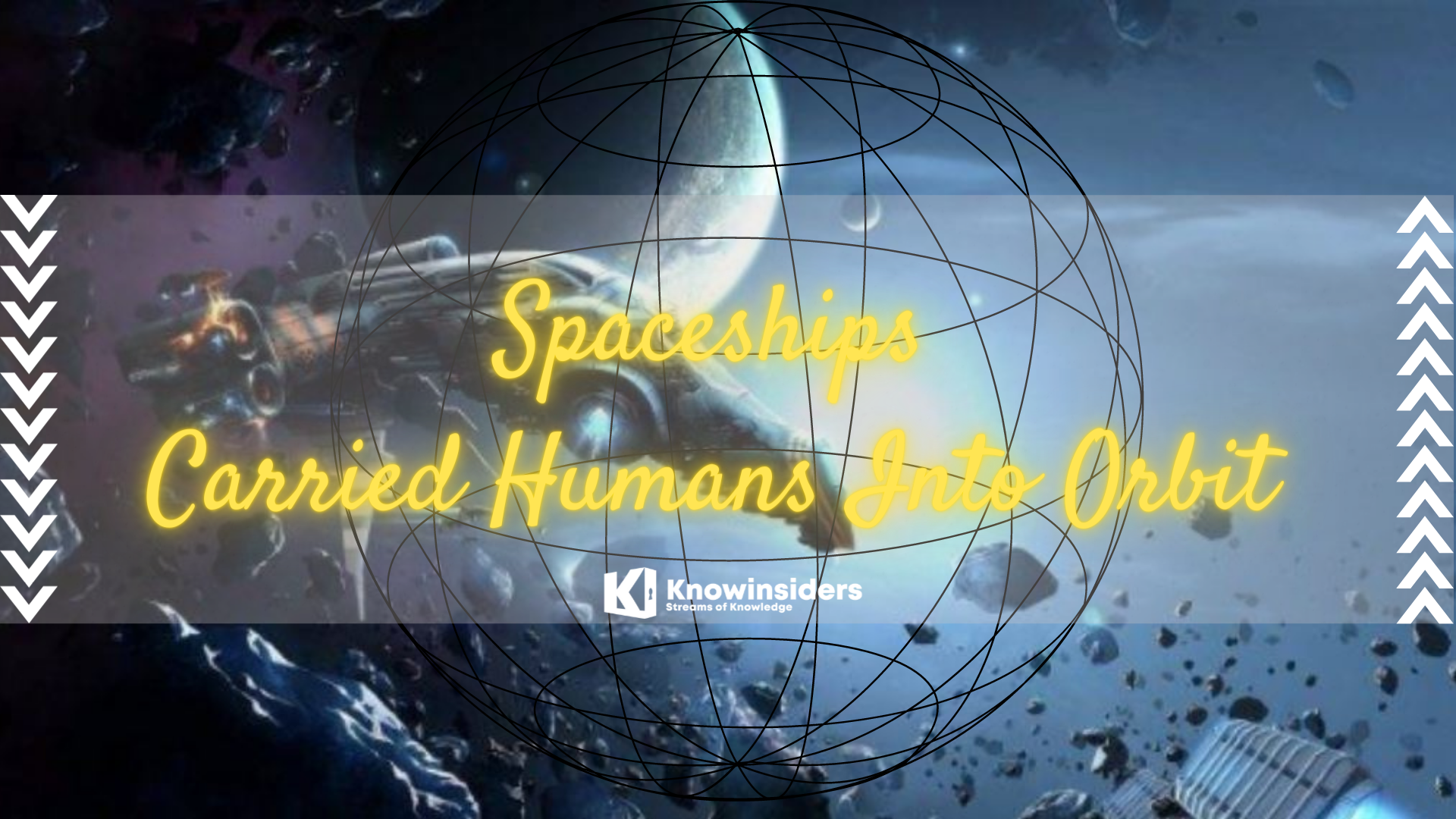 What Are Spaceships That Have Carried People Into Orbit? What Are Spaceships That Have Carried People Into Orbit? Since 1961, there have been some different spaceships that have carried humans into Earth orbit and beyond. Here's a look back at the history of ... |
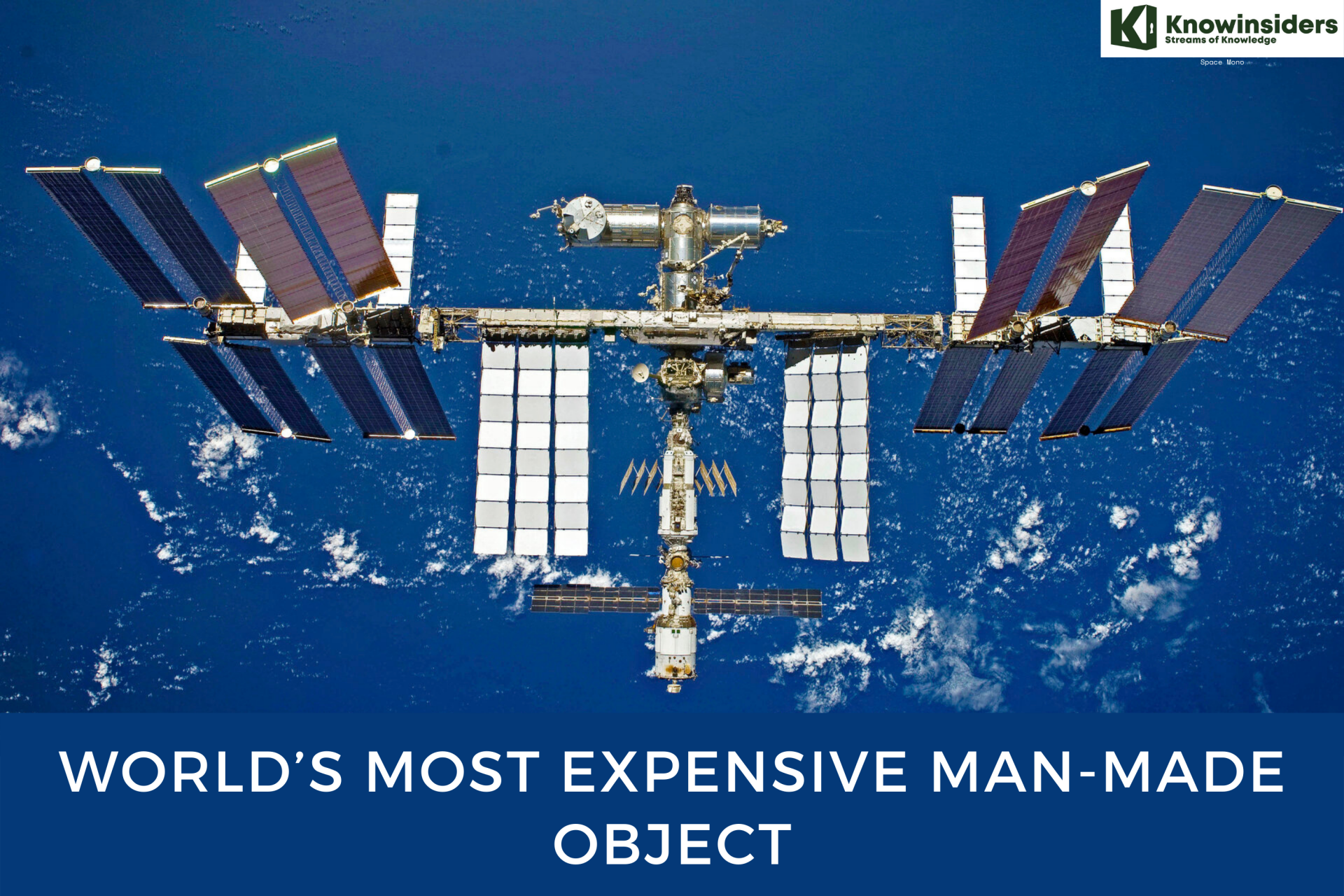 What Is The Most Expensive Man-Made Object In The World? What Is The Most Expensive Man-Made Object In The World? The most expensive man-made object is the International Space Station (ISS). What is it and how was it built? |
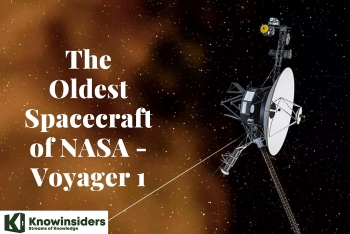 What is the Oldest Spacecraft of NASA - Voyager 1 What is the Oldest Spacecraft of NASA - Voyager 1 First launched in 1977, the Voyager duo is NASA's longest-running mission. |























